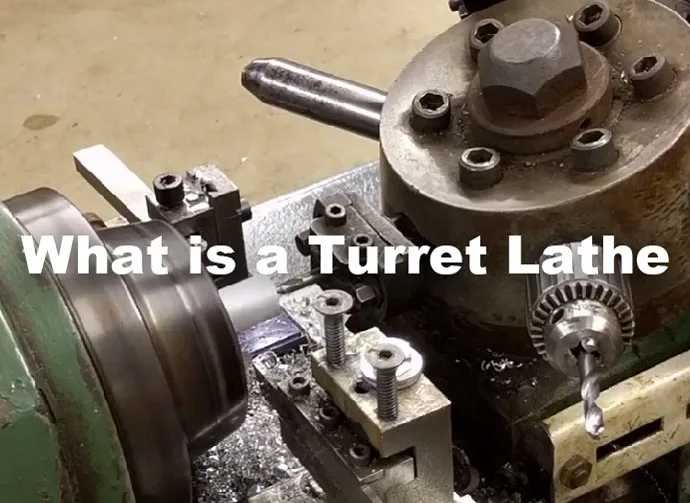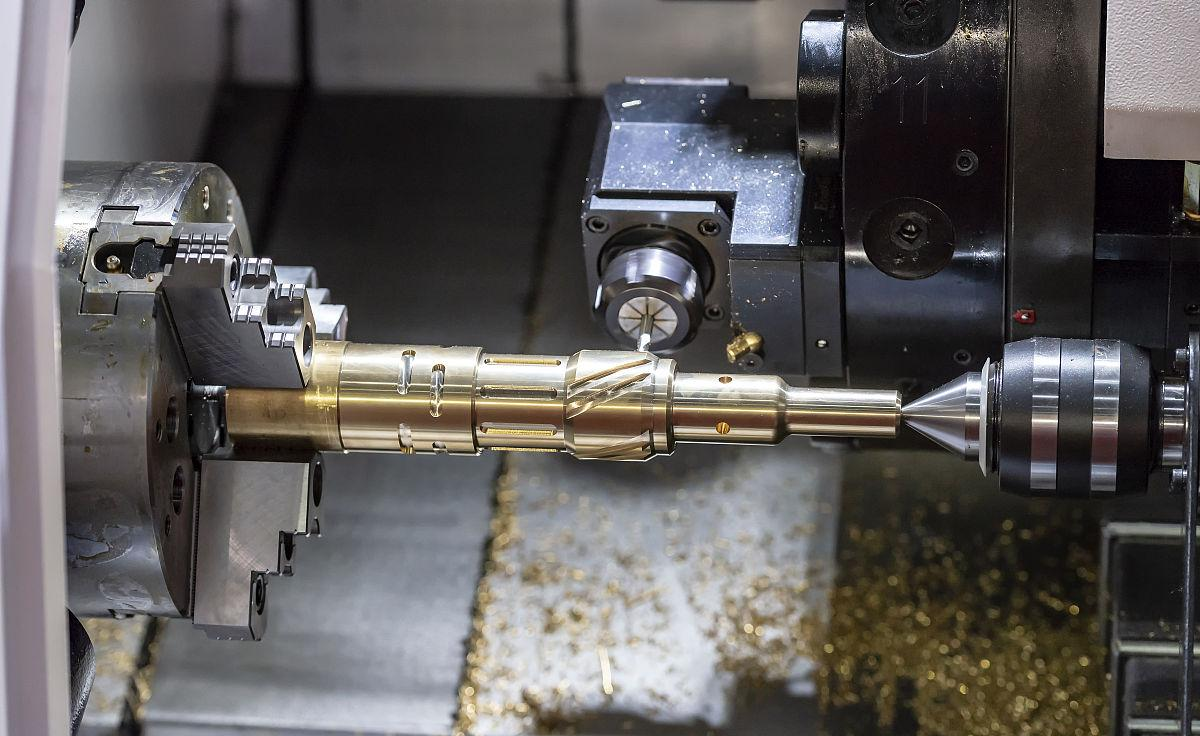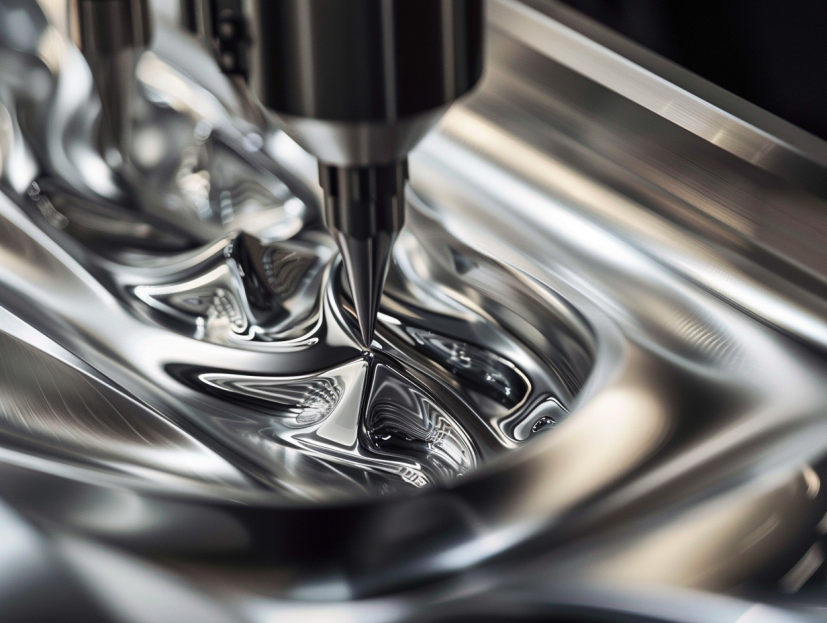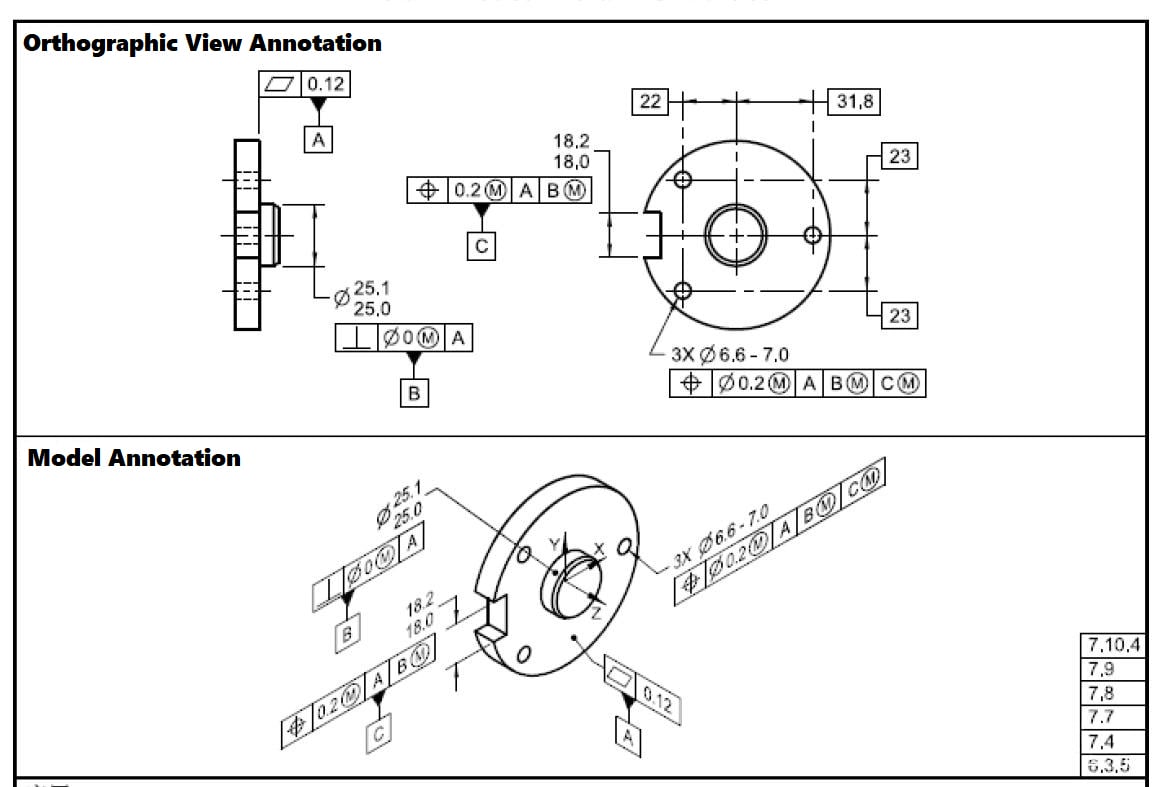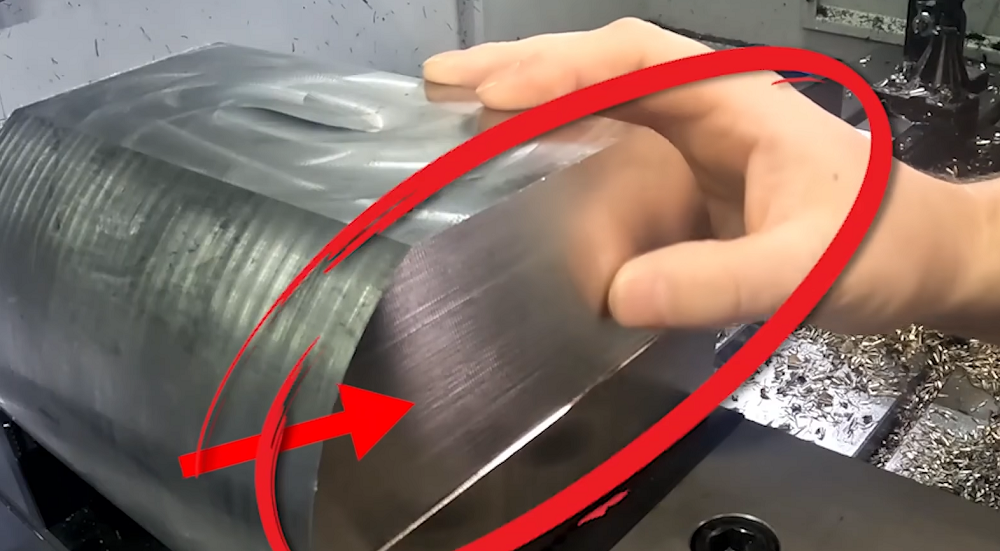The lathe machine stands as one of the most essential tools in the arsenal of any machinist, capable of shaping a wide array of materials with precision and accuracy. Among its many versatile operations, turning holds a special place. With this post, we tell you the intricacies of turning on a lathe machine, exploring its meaning, the various types of turning operations, and other crucial aspects associated with this fundamental process.
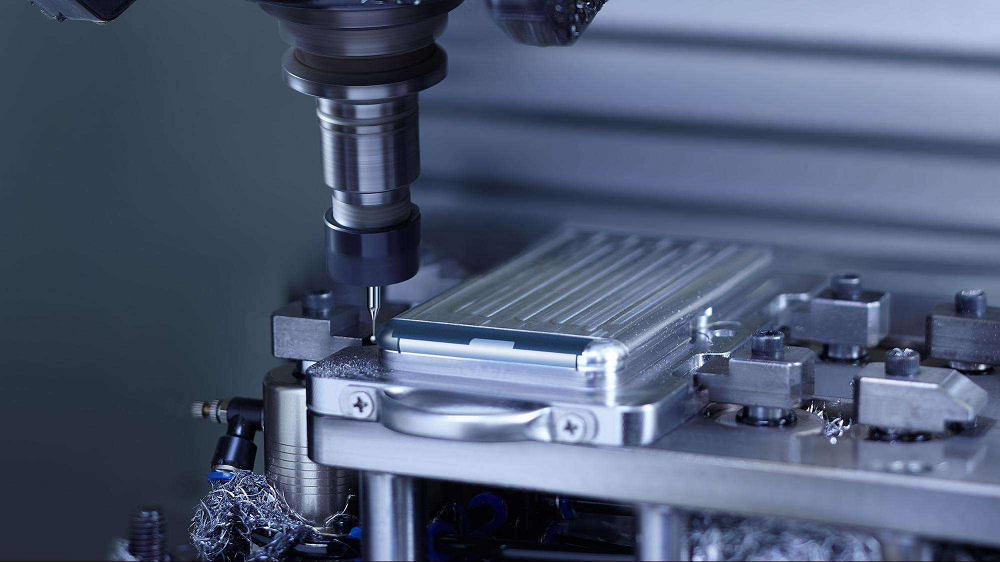
What is Turning in Lathe Machine?
CNC Turning is a fundamental operation performed on a lathe machine, characterized by the rotational motion of a workpiece against a cutting tool. This combination of motions produces a cylindrical shape, with the result of transforming the workpiece and achieving desired specifications. The turning process involves the removal of material from the workpiece, shaping it to meet specific dimensional requirements.
Main Types of Turning Operations in Lathe Machining
In a lathe machine, various types of turning operations can be performed to shape and cut material, such as metal, wood, or plastic, into the desired shape. Here are some common types of turning operations:
- External Turning:
Definition: External turning refers to the process of removing material from the outer surface of a workpiece to achieve the desired shape and dimensions. Proper selection and use of cutting tools, tool holders, and workpiece holding methods are critical for successful external turning operations.
Applications: External turning finds extensive applications in the production of shafts, rods, and various cylindrical components.
- Internal Turning:
Definition: Internal turning involves the removal of material from the internal diameter of a workpiece, creating cavities, bores, and other internal features. Specialized tooling, such as boring bars, is employed to achieve accurate dimensions and surface finish during internal turning.
Applications: Internal turning is utilized in the manufacturing of cylinders, sleeves, and other hollow components.
- Contour Turning:
Definition: Contour turning is a lathe machining operation where a cutting tool is used to shape a workpiece into a specific, non-cylindrical form or contour. It involves the simultaneous movement of the cutting tool along both the longitudinal (axial) and radial (cross-feed) directions to create the desired shape on the workpiece.
Applications: Contour turning in a lathe machine is used for creating complex and non-cylindrical shapes on workpieces. Its applications include aerospace components, automotive parts, medical devices, tooling and dies, artistic and decorative work, prototyping, and any situation requiring custom-shaped and precise components.
- Chamfering Turning:
Definition: Chamfering in contour turning on a lathe machine involves the creation of beveled edges or chamfers along the contours or edges of a workpiece with complex and non-cylindrical shapes. This operation is used to remove sharp corners or edges, providing safety, aesthetics, and improved functionality to the workpiece.
Applications: Chamfering turning is used to create beveled edges or chamfers on workpieces, enhancing safety, ease of assembly, and aesthetics. It’s applied in industries ranging from manufacturing and construction to aerospace, automotive, and woodworking, reducing sharp edges, improving stress distribution, and providing a polished finish.
- Face Turning:
Definition: Facing is the process of cutting a workpiece’s end surface to produce a flat, smooth finish. It is commonly employed to create smooth mating surfaces, aligning the workpiece for subsequent operations. Lathe machines generally utilize facing tools that move perpendicular to the workpiece’s rotational axis, ensuring an even and precise cut.
Applications: Facing is extensively used for producing smooth and flat surfaces on flanges, discs, and end caps.
- Straight Turning:
Definition: Straight turning is the most basic and common lathe operation. In this process, the workpiece is rotated about its axis, and a single-point cutting tool is moved parallel to the workpiece axis to remove material and create a cylindrical shape. The result is a workpiece with a uniform diameter along its length.
Applications: Straight turning is commonly used to create cylindrical shafts with uniform diameters, such as bolts, screws, and axles. It is used to produce rods and bars of consistent diameter, and also employed for facing the end of a workpiece to create a flat surface.
- Taper Turning:
Definition: Taper turning involves the gradual reduction or increase of a workpiece’s diameter along its length, resulting in a conical or tapered shape. Taper turning can be achieved through various methods like compound rest method, tailstock offset method, or taper turning attachments.
Applications: Taper turning finds application in creating precision components such as cones, pulleys, and tool handles. It commonly used in applications where conical or tapered shapes are required, like the production of conical pulleys, legs of stools, and more.
- Step Turning (Profile Turning):
Definition: Step turning, also known as profile turning, involves the creation of different diameter steps or shoulders along the length of the workpiece. The cutting tool is used to cut away material to create a series of steps with varying diameters.
Applications: This is often used in the production of parts with multiple sections of different diameters, such as shafts and collars. It also used to create workpieces with shoulders or steps, which can be found in parts like pulleys, flanges, and couplings.
- Plain Turning:
Definition: Plain turning is similar to straight turning but involves removing material from the outside diameter of the workpiece to achieve a smooth and finished surface. This operation is often used to create a polished or precision finish on a workpiece.
Applications: Plain turning is often used as a finishing operation to achieve a smooth and precise surface finish on workpieces, or create a polished finish on materials like stainless steel or brass. It can also help in achieving tight tolerances and ensuring that the workpiece meets specific dimensional requirements.
- Form Turning:
Definition: Form turning in a lathe machine is a machining operation that involves the shaping of a workpiece into a specific, non-cylindrical form or contour. Unlike straight or taper turning, which produce cylindrical or tapered shapes, form turning is used to create complex and irregular shapes on the workpiece. This is achieved by controlling the movement of the cutting tool to follow a pre-determined path that corresponds to the desired form.
Applications: Form turning in a lathe machine is used to create custom shapes and profiles on workpieces. It finds applications in thread cutting, knurling, splining, keyway cutting, crankshaft and camshaft production, custom profiles, specialized tooling, aerospace components, and artistic work. This process allows for precise machining of intricate and non-cylindrical forms on a workpiece.
- Rough Turning:
Definition: Rough turning in a lathe machine is a machining operation that involves removing a significant amount of material from the surface of a workpiece to achieve a rough and preliminary shape. Unlike finish turning, which aims for precision and a smooth surface finish, rough turning focuses on quickly reducing the workpiece’s size and achieving a rough profile. It is typically the initial stage of turning before fine-tuning and finishing operations.
Applications: Rough turning in a lathe machine is primarily used to quickly remove excess material from a workpiece, preparing it for further machining processes. It reduces the workpiece to a rough shape, saves time and energy, lowers manufacturing costs, and is essential in the production of custom parts, forgings, and castings.
- Eccentric Turning:
Definition: Eccentric turning in a lathe machine is a machining operation where a workpiece is rotated on an axis that is offset or eccentric (not centered) from its geometric center. This means that the workpiece is intentionally set off-center while it rotates in the lathe, resulting in the creation of an eccentric, non-concentric, or offset shape.
Applications: Eccentric turning in a lathe machine is used to create components with off-center features or eccentric shapes. It finds applications in manufacturing eccentric bushings, shafts, camshafts, pins, rollers, and specialized components for industries such as automotive, machinery, and ornamental metalwork. Eccentric turning allows for precise control over non-concentric geometries to meet specific design and functional requirements.
Turning Tool in Lathe Machine
Turning tools are essential components in a lathe machine, which is a machining tool used to shape and cut workpieces into desired shapes, typically cylindrical. Turning is one of the most fundamental machining processes and involves the removal of material from a rotating workpiece using a cutting tool. Here are the key components and steps involved in using a turning tool in a lathe machine:
- Lathe Machine Setup: Ensure the lathe machine is correctly set up, including securing the workpiece in the chuck or between centers, adjusting the tool holder, and selecting the appropriate cutting speed and feed rate for the material being machined.
- Turning Tool: The turning tool is the cutting tool used in lathe operations. It consists of several parts:
- Tool Bit: The actual cutting tool that removes material from the workpiece.
- Tool Holder: A holder that secures the tool bit and allows for adjustment of its position.
- Shank: The part of the tool that fits into the tool holder.
- Cutting Edge: The sharp edge of the tool bit that contacts the workpiece.
- Tool Holder Adjustment: Position the tool holder and tool bit to the desired height and angle relative to the workpiece. This adjustment ensures the tool cuts at the correct depth and angle.
- Workpiece Rotation: Start the lathe machine, causing the workpiece to rotate. The workpiece should rotate at a speed appropriate for the material being turned.
- Tool Engagement: Carefully bring the turning tool into contact with the rotating workpiece. Ensure that the tool bit is properly aligned with the workpiece’s axis.
- Cutting Process: As the workpiece rotates, move the tool bit along the workpiece’s length to remove material gradually. The cutting edge of the tool bit shears away chips, shaping the workpiece into the desired form.
- Feed Rate: Control the rate at which the tool moves along the workpiece (known as the feed rate). The feed rate determines how quickly material is removed. It should be adjusted based on the material type, tool geometry, and desired finish.
- Coolant (optional): Depending on the material and the cutting conditions, it may be necessary to use a coolant or cutting fluid to lubricate and cool the tool bit and workpiece, reducing friction and extending tool life.
- Measuring and Monitoring: Periodically measure the workpiece using precision measuring tools such as calipers or micrometers to ensure it meets the required dimensions and tolerances.
- Finishing Pass: Finish the workpiece by making a final pass with a fine feed rate to achieve the desired surface finish and dimensions.
- Tool Retraction: After completing the turning operation, retract the tool bit from the workpiece, stop the lathe machine, and remove the finished workpiece.
- Safety: Always follow safety guidelines when operating a lathe machine. Wear appropriate personal protective equipment (PPE), such as safety glasses and ear protection. Be cautious when handling sharp tools and rotating machinery.
Using a turning tool in a lathe machine requires skill and precision, as the quality of the finished workpiece depends on factors like tool geometry, cutting parameters, and operator expertise. Proper setup and careful attention to detail are essential for successful turning operations.
Turning operations on a lathe machine are crucial for achieving precise and accurate results in metalworking. By understanding the fundamentals of turning, including its definition, various types, and important considerations, machinists can leverage this powerful operation to shape materials according to specific requirements. With practice, attention to detail, and an understanding of the intricacies involved, one can master the art of turning on a lathe machine and take their craftsmanship to new heights.


